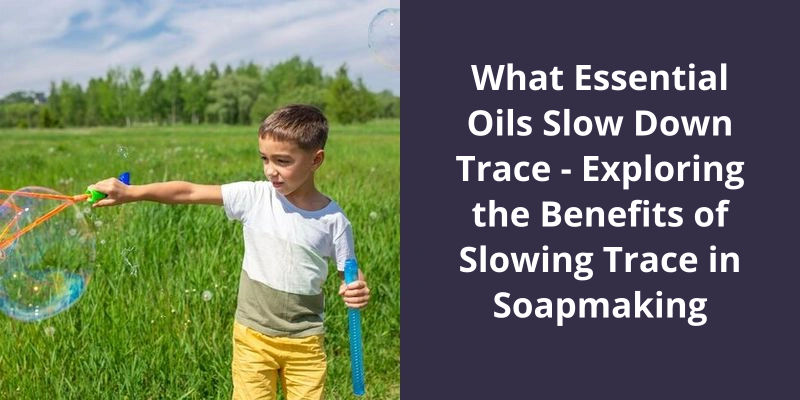An Alum Block is worth it considering the benefits it offers. It’s a natural product that contributes to both health and beauty. After shaving, it helps in preventing razor burns and cuts thanks to its antiseptic and astringent properties, leaving the skin smoother and softer. Though it may sting a little bit when applied to the skin, this is normal and fades aways quickly. It also helps in fighting acne and sweaty smells making it a versatile product beyond just after-shave care. However, if someone has highly sensitive or dry skin, the alum might be irritating or over-drying. Hence, although it’s a low-cost and all-natural product, it’s essential to ensure it’s suitable for one’s skin type before regular usage.

How Effective Is an Alum Block?
It acts as a natural antiseptic and disinfectant, killing bacteria on your skin, which helps prevent acne and other skin irritations. It’s also a natural astringent, meaning it tightens your skin and reduces the appearance of pores. This can make your face look smoother and reduce oil production.
Using an alum block is very easy. After you’ve finished shaving, simply wet the block with cold water and glide it over your face and neck. The block will dissolve slightly, leaving a thin layer of alum on your skin. This layer will help close any small cuts or nicks you may have gotten while shaving. It will also help prevent razor burn and ingrown hairs.
One of the great things about an alum block is that it’s a natural product. It contains no alcohol or harsh chemicals that can irritate your skin. This makes it ideal for people with sensitive skin or allergies to other aftershaves. Additionally, it’s quite affordable compared to many of the other skincare products in the market.
While using an alum block is generally safe, it’s important to note that some people may be allergic to it. If you experience any redness, rash, or discomfort, stop using the block immediately. Also, be careful not to drop the block on hard surfaces as it can break easily.
While alum is often used for it’s effectiveness as an antiperspirant and it’s ability to halt bleeding, some people may question whether alum blocks contain aluminum. After all, the name itself might suggest as much. So, let’s take a closer look at what alum is and whether it contains the metal.
Does Alum Block Contain Aluminum?
There’s a common misconception surrounding the content of alum blocks, with many believing that they contain aluminum. While alum is indeed an aluminum compound, it’s important to note that not all aluminum compounds are the same. The type of aluminum found in alum blocks is known as potassium alum, which differs from the more commonly known aluminum chlorohydrate found in traditional antiperspirants.
Potassium alum is a natural mineral salt that’s made up of crystallized compounds. These crystals are often referred to as tawas and are known for their astringent properties. When used as an antiperspirant, potassium alum works by contracting the sweat ducts to reduce sweat production. This, in turn, reduces the likelihood of odor-causing bacteria from forming.
One of the key benefits of using alum blocks is that they’re free from harsh chemicals commonly found in traditional antiperspirants and deodorants. This makes them an ideal choice for individuals with sensitive skin or those who’re looking to reduce their exposure to chemicals.
For example, potassium alum can be used to stop bleeding from small cuts by acting as a natural clotting agent. It can also be used as a natural remedy for insect bites, skin irritations, and acne.
The History of Alum Blocks and Their Traditional Uses
Alum blocks have been used for centuries as a natural antiseptic and astringent in various cultures. They were traditionally applied to wounds to stop bleeding and prevent infections. In modern times, alum blocks are still popular among barbers for their ability to soothe razor burns and tighten the skin.
Now that we know how long an alum block can last, let’s explore some tips and tricks for properly caring for and using your alum block to help extend it’s lifespan even further.
How Long Does an Alum Block Last?
However, if you use it more frequently or have a larger block, it may not last as long. It’s important to note that alum blocks can break or crumble over time, so handle them with care and be mindful of any changes in texture or shape that may indicate it needs to be replaced.
To extend the lifespan of an alum block, it’s important to store it properly. After each use, rinse the block with cold water and pat it dry with a towel. Avoid leaving it in a damp environment, as this can cause it to break down more quickly. Some people also recommend storing it in a container to protect it from air exposure and prevent it from absorbing any odors or moisture in your bathroom.
When it comes to using an alum block, less is more. You only need to wet it with cold water and apply it lightly to your face after shaving. It may sting a bit at first, but this is normal and should subside quickly. Dont rub the block too hard or apply it to any broken or irritated skin, as this can cause further irritation or even infection.
Alum blocks are a popular alternative to aftershave because they provide antiseptic and astringent properties without harsh chemicals or fragrances. They can also help soothe and prevent razor burn, ingrown hairs, and other common shaving issues. But like any grooming product, it’s important to choose one that’s high-quality and fits your specific needs.
Conclusion
The natural antiseptic properties soothe inflammation, reduce redness, and prevent bacteria from causing razor bumps. Additionally, it can be used to treat minor bleeding by constricting blood vessels. While it may seem like a small addition to your routine, the benefits of using an alum block can greatly improve the health and appearance of your skin.





